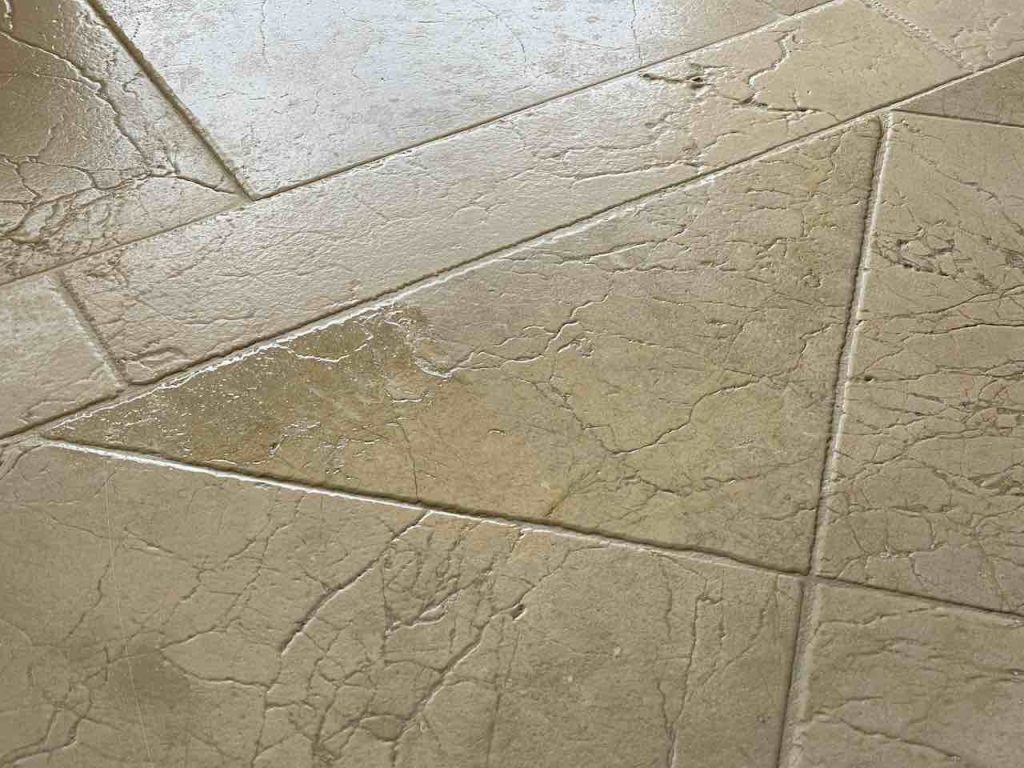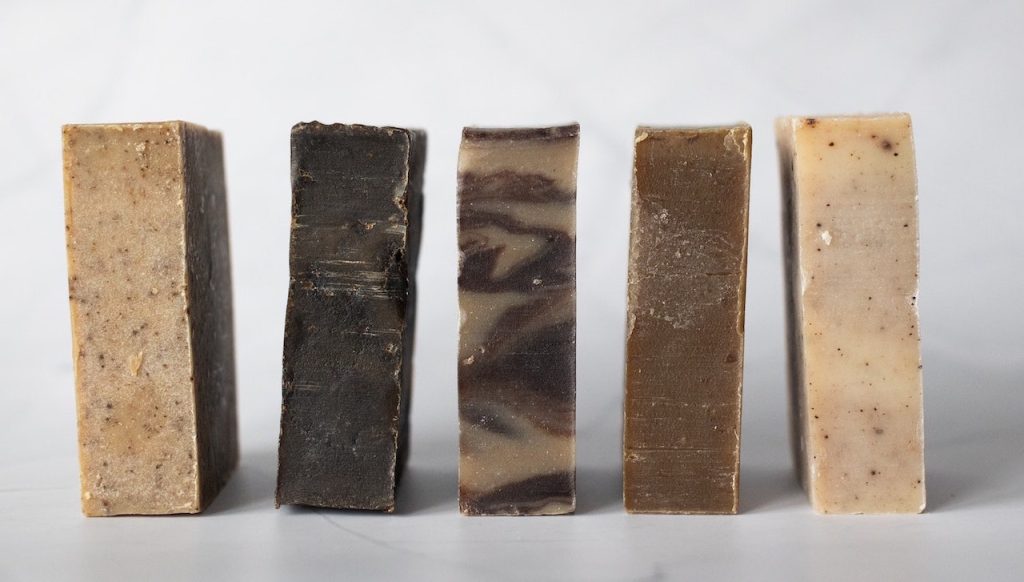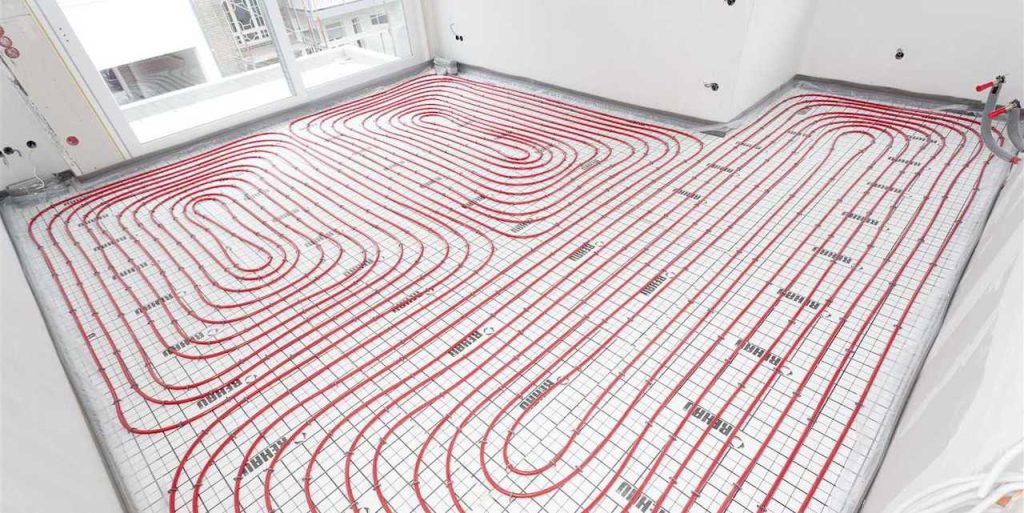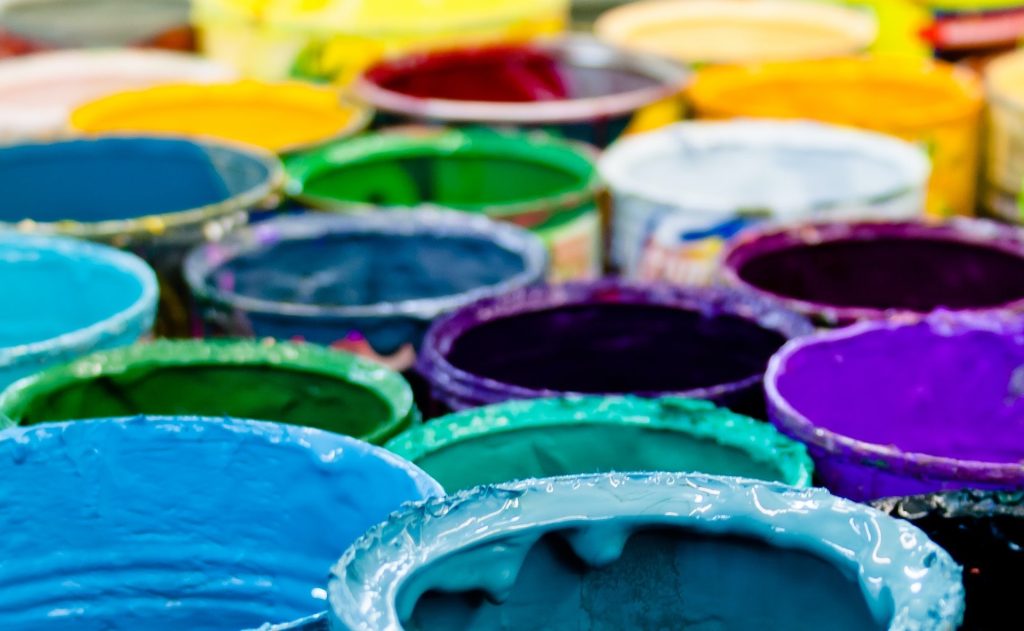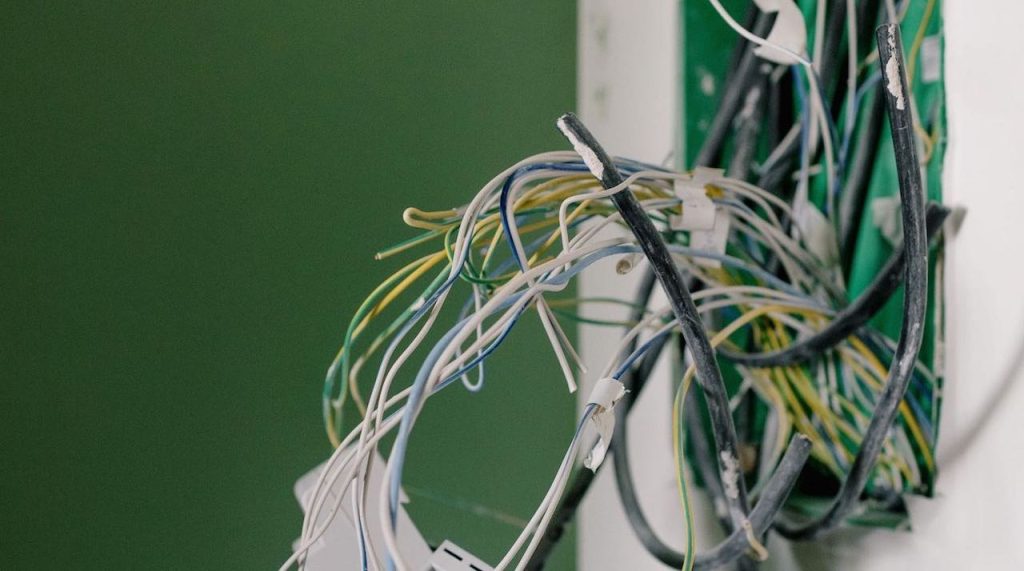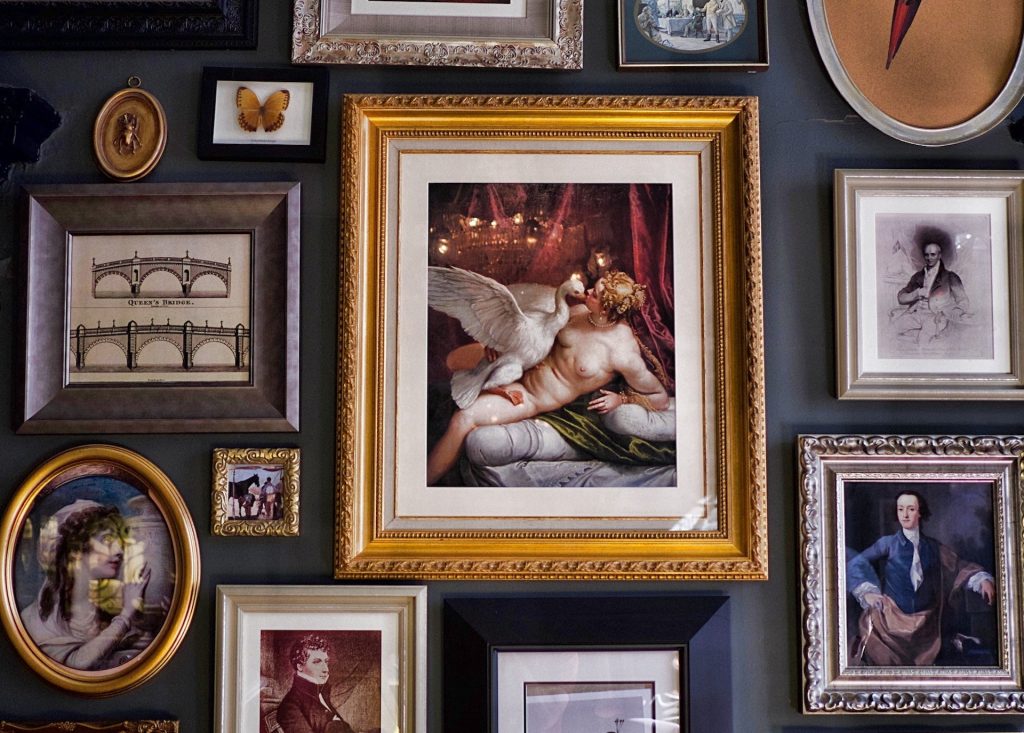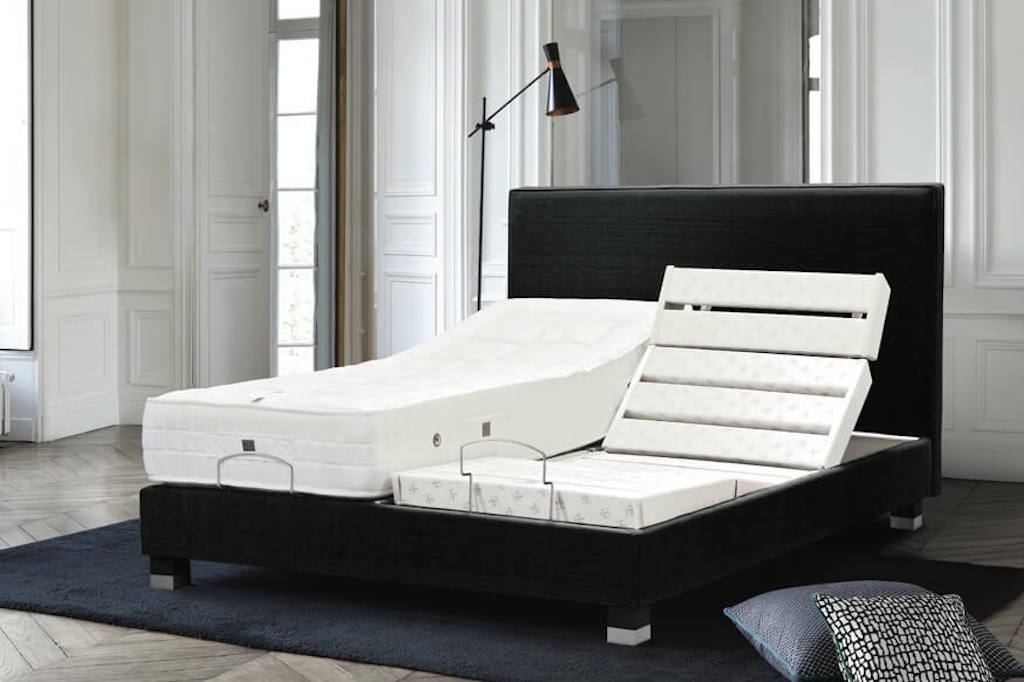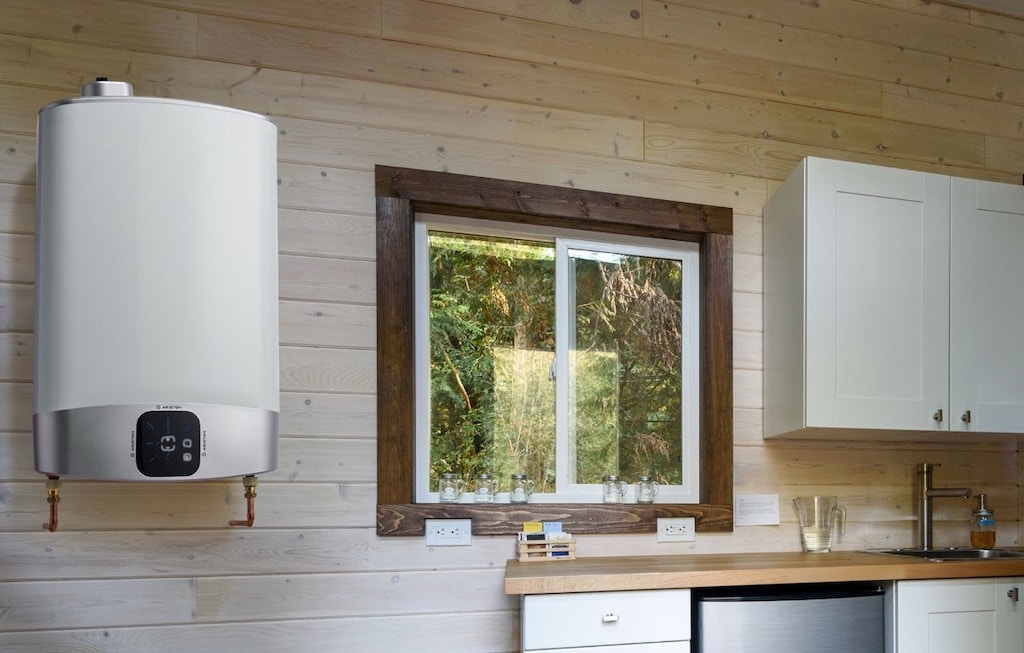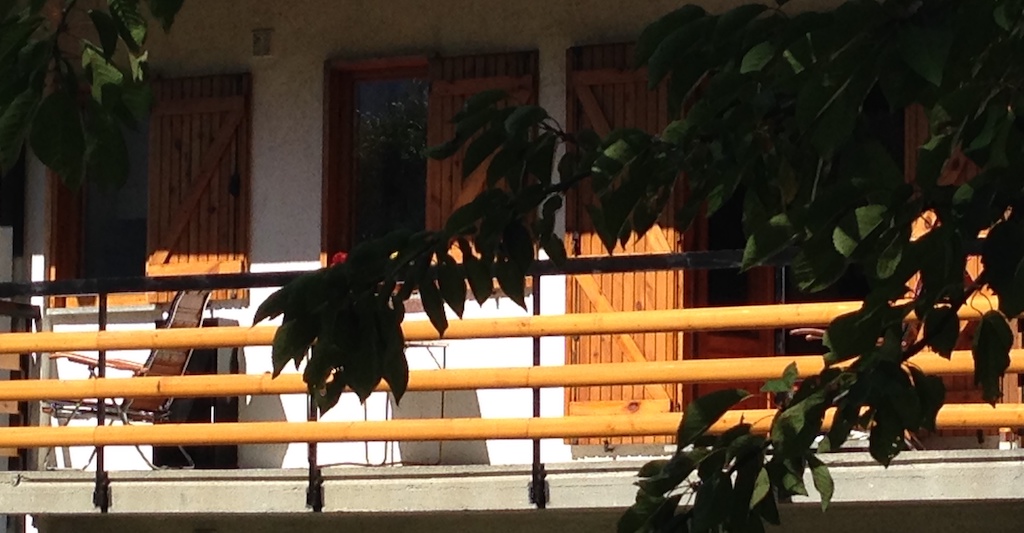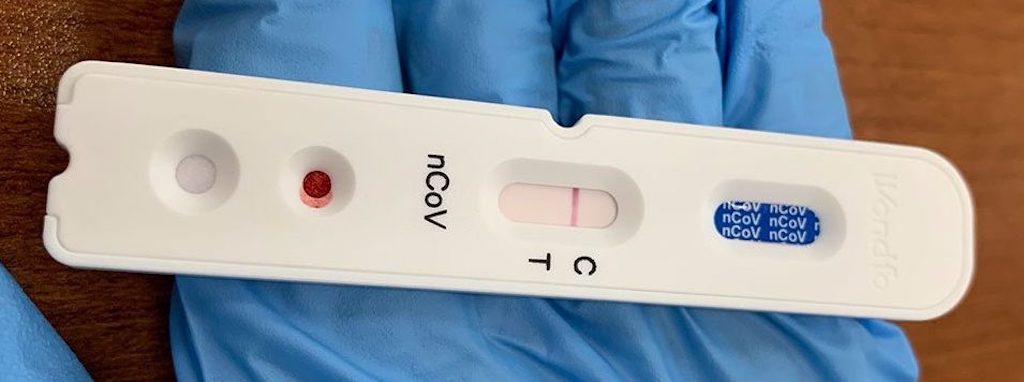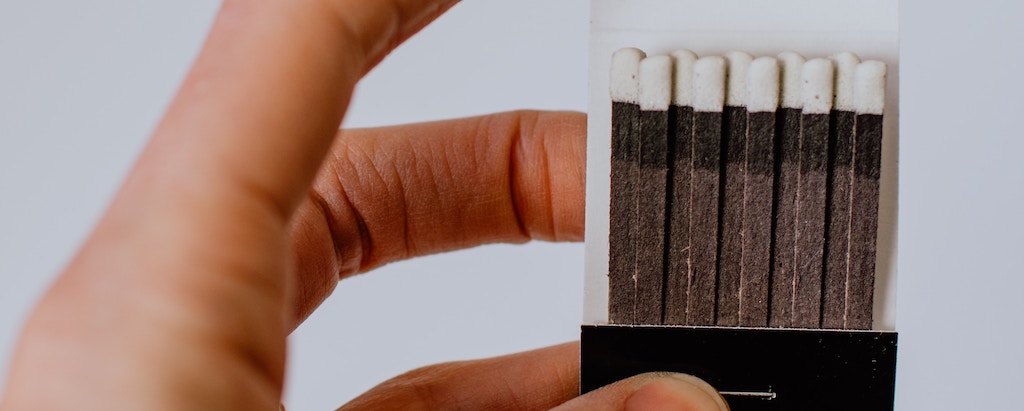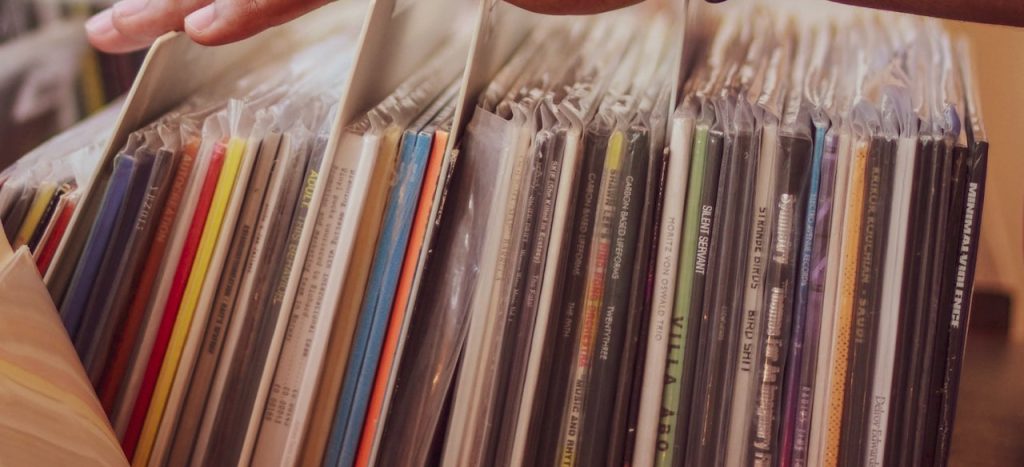This post is about our experience with marble and granite, in particular in our holiday apartment in south Spain.
I will declare immediately my conclusions about marble and granite. Marble might look nicer, but granite is a better choice. Antique marble flooring is a nice option, but avoid marble where there is water, that is in kitchens and bathrooms.
No matter how much you try, marble work surfaces will eventually become stained, and need cleaning. When these surfaces include sinks, taps, etc. they become very difficult to clean perfectly. It’s just easier to install granite work surfaces.
When we bought our holiday apartment we were very impressed with the marble everywhere, and had no idea about how delicate it could be. Coming from the north, we knew all about tiles, parquet and fitted carpets on floors, and granite and tiles on kitchen countertops, but we knew nothing about marble.
Would it have changed our decision to buy the apartment? No, but we should have perhaps done more research to be informed of the challenges in owning so much marble.
Why I love granite
Granite is harder than marble and is much, much easier to care for as kitchen or bathroom surfaces.
We have granite countertops and splash-backs in our kitchen and utility room in our Spanish holiday apartment. Since 2007 we have never had any problem with granite, never had any stains, never had to do any cleaning and maintenance. Just wipe the surface with a humid cloth, work done.
Why I hate marble
You can often read that with a little care, marble countertops can continue to look amazing. This ‘little care’ includes:-
- Avoid leaving water on marble, since it stains and marks marble. If you make a mess, immediately spot clean any spills in order to prevent staining. The longer a liquid is left on top of the marble, the more likely it is to stain.
- Avoid acidic substances, such as bleach, vinegar, tomatoes, citrus and other types of fruits.
- Avoid stains from oils, food or liquids such as coffee and tea.
- Some toothpastes will stain marble.
- Don’t use harsh scrubbing pads and always remove stains before they become permanent features on marble tops, etc.
- It’s often mentioned that you should wash marble surfaces with a solution of water and soap, then wipe with a wet, hot dish towel, and then dry with an absorbent towel. Guides also suggest to use ammonia for oil stains, and hydrogen peroxide for coffee and tea stains. And you can buff out water stains and marks with steel wool. Finally you can apply a sealant to marble surfaces, which can ‘reduce’ staining and etching, providing you reseal from time to time.
- It’s worth noting that some guides advise not to use hydrogen peroxide and ammonia because they are too harsh. Also sealants do not make marble water or stain proof, they just repel liquids to give people more time to clean up.
- There is some advice out there to use olive oil or even coconut oil to make marble surfaces a bit shiny again.
Does the above list look like ‘little care’? It may be just feasible for someone with a couple of square metres of marble in the form of a kitchen countertop.
But in our Spanish apartment all the floors are marble, except the kitchen, and we have marble everywhere in the two bathrooms (including surfaces and walls, but not in the shower). And we have a 35 square metre marble terrace floor. In addition all skirting is in marble.
The only redeeming feature is that all the flooring is so-called ‘antique marble’, so it hides stains and marks better than most other types of marble finish.
Cleaning marble
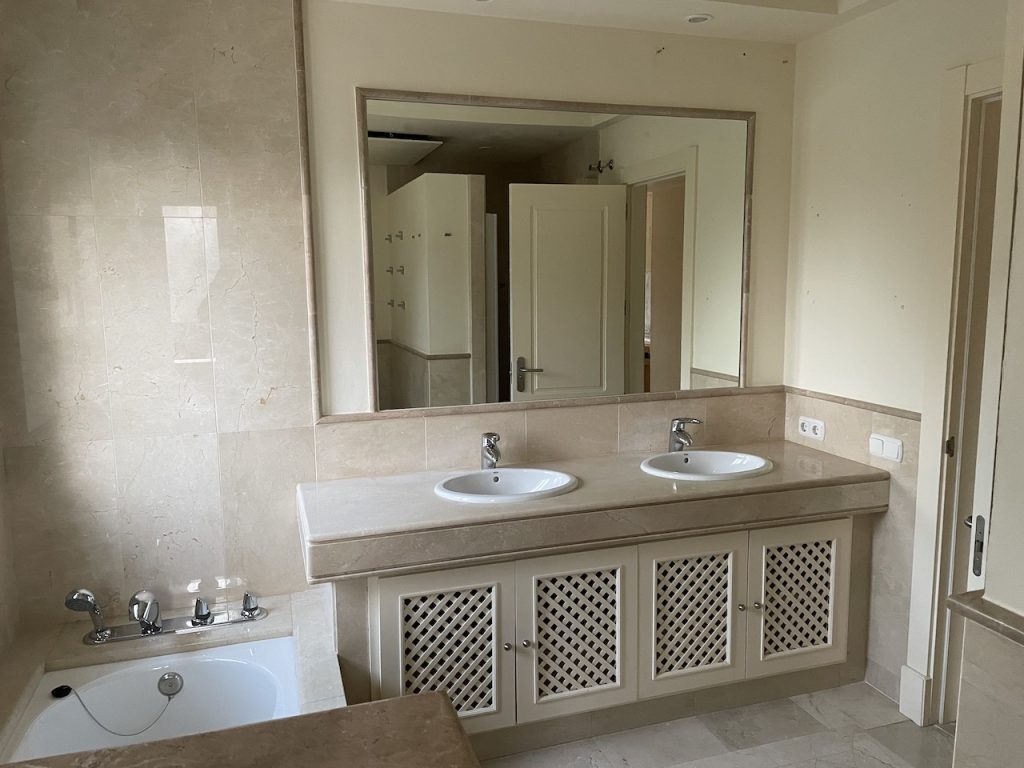
We have a lot of marble in our two bathrooms, and in the guest WC. Since 2007 we have brought in a professional about six times to clean the marble on our bathroom floor and sink surface. The larger surfaces are cleaned using a rotary cleaner with special cleaning discs and a lubricant, but the ‘odd bits’ need cleaning by hand.
It takes about 4-5 hours, and the surfaces must then be left 48 hours before washing, etc. The cost is quite high (few hundred €), but the results are impressive.
We make every effort to keep all the surfaces free of stains, etc. We have large bathroom mats in front of the sinks, shower, WC and bidet. We also have small towels and kitchen paper permanently on the sink surface to clean and dry any water before it stains.
But over a year or two, stains and marks inevitably appear, and once one appears, others are not far behind.
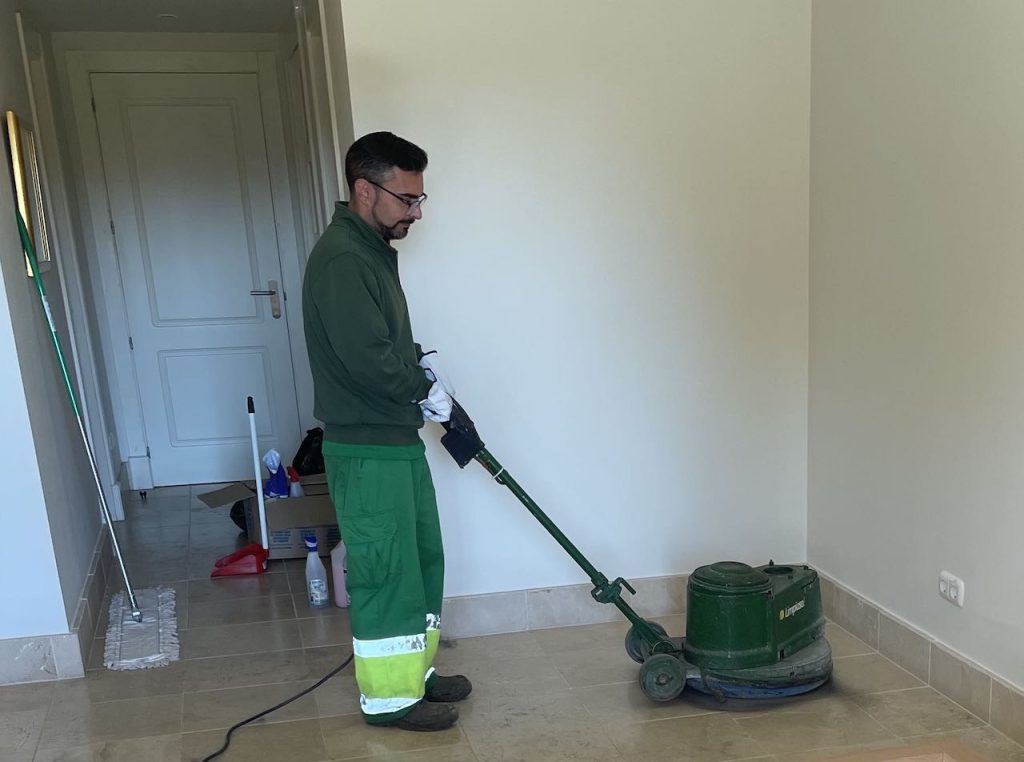
Finally in 2023 we decided to redecorate our holiday apartment in southern Spain. I guess that it had been painted in about 2004-5. Given that we were going back to bare walls, etc. we decide to also bring in a professional to clean the marble floors.
Above we can see the machine used. It uses a large fine metal mesh disc, and the pressure is maintained simply by the weight of the machine. It took about 3 days (5-6 hours per day) to clean the floors in the two bedrooms, two bathrooms, guest WC, corridors and main living area. It was also surprisingly expensive.
It produced a surprising amount of dirt and dust, and only a part was cleaned away at the end of the day. Once the work completed in each room, the entire room, and any covered furniture left in the room, needed a through cleaning. This was right down to cleaning the insides of electrical sockets, etc. The dust was very fine and got into every nook and cranny. Also the clean marble had to be left 48 hours before washing.
Were we happy with the floor cleaning?
Yes, but…
Our ‘antique marble’ floor did have some stains, I guess from water. These were visible if you looked carefully at the floor surface, and they were more visible when the sun hit them in the morning. But overall the floor looked nice, even after 18 years. The semi-visible stains were at the door to the terrace, and in the corridors leading from the bathrooms, and in the passageway from the apartment entrance to the living room.
The cleaning really did a good job on the marble floor’s overall appearance, but it could not totally remove all the small water stains.
Frankly I did not think that the cleaning would do such a good job on parts of the marble floor that I thought were already clean. And I hoped for a miracle with the small water stains.
Oil for treating marble surfaces
I’ve tried an oil which is supposed to consist of vegetal resins mixed with vegetal drying agents, and naphtha– and petrol-based solvents. It was specific written that the oil was for antique marble, not marble which was polished or pre-treated with oil, wax, or anti-stain agents.
The idea is to cover the antique marble with a thin layer and leave to dry for 12 to 24 hours.
Wax for treating marble surfaces
I also tried a kind of wax that claims to maintain a marble’s sheen, with the advantage that it is not greasy.
It should be left to dry for about 1 hour and then buffed to a sheen. The advice is to apply it after the marble has been cleaned.
Testing the oil and wax
It’s absolutely essential to test any products for cleaning or sealing marble. Below we can see some of the water stains on a small section of marble in front of the terrace entrance.
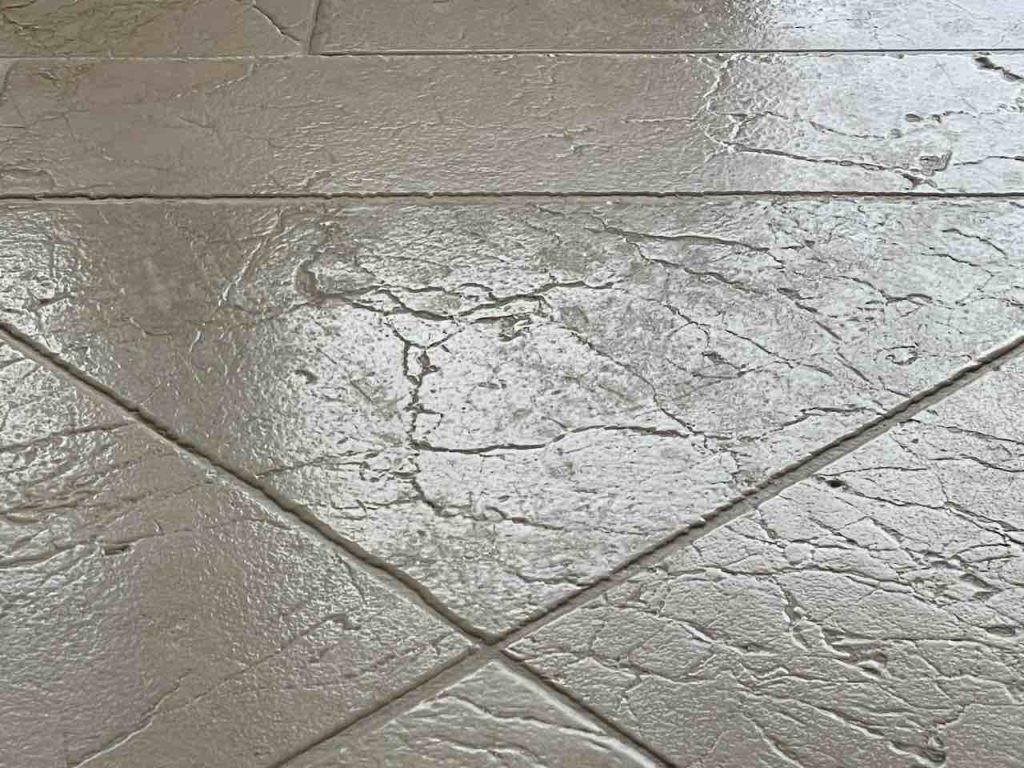
Below we can see the area on the left treated with the oil. The wax treatment is on the right (slightly duller surface), and the area in the middle was left untreated.
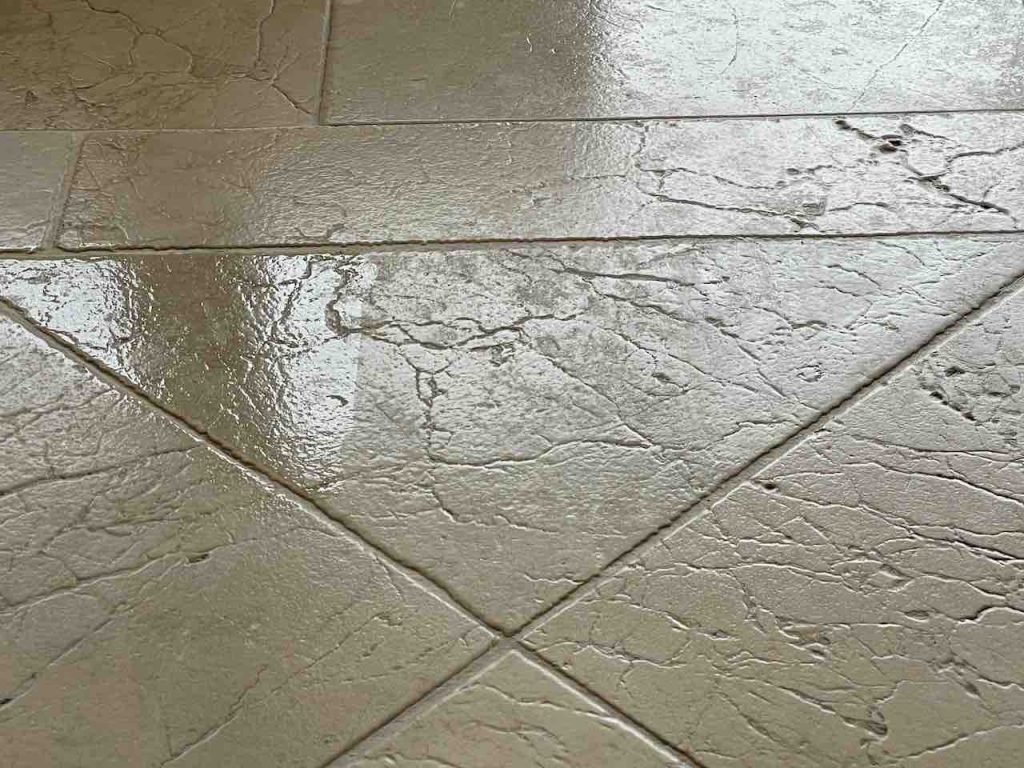
Below we have the same sample area after treatment, and washed 24 hours later. The oil treatment is evident, but the wax treatment is only just visible.
At best I would say that the wax treatment is only a marginal improvement, and might not be worth the effort.
I’m not convinced about the over shiny surface left by the oil treatment, but it is certainly worth a trial on a larger targeted surface area.
